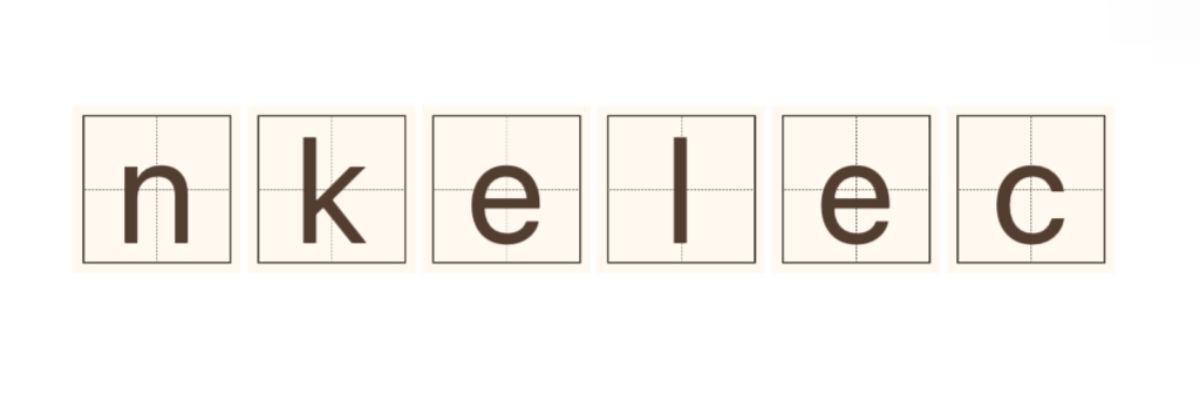How Accurate Are Quality Control Gauges Today?
Jan. 06, 2025
Quality control plays a crucial role in the manufacturing landscape, especially within industries that depend on rod and wire products. Grasping the precision of today's quality control gauges is vital for businesses aiming to reduce defects and deliver dependable products. Notably, the High speed rod and wire diameter gauge for quality control is recognized for its remarkable versatility and precision.
Grasping Quality Control Gauges
Quality control gauges are specialized tools designed to measure specific product characteristics, ensuring compliance with established standards. In the rod and wire manufacturing sector, these gauges primarily evaluate parameters like diameter and roundness, which are crucial for product quality. The precision of these tools greatly impacts the overall product quality, heavily influencing customer satisfaction and operational efficiency.
The Importance of Precision
The need for accuracy in quality control gauges cannot be overstated. Inaccuracies can lead to the production of defective goods that fall short of client expectations, resulting in significant financial repercussions linked to rework or waste, as well as jeopardizing the manufacturer's reputation. If a firm consistently produces subpar products, it invariably faces escalating customer complaints, eventually leading to loss of business over time.
Certain sectors, such as automotive and aerospace, face severe implications from inconsistencies in rod and wire dimensions. These industries require high precision; even minor deviations can result in catastrophic failures and safety hazards. Therefore, comprehending the accuracy of tools like the High speed rod and wire diameter gauge is essential for these sectors.
Challenges Businesses Encounter
Despite advancements in technology, various obstacles can compromise the accuracy of quality control gauges. Factors such as environmental conditions, the wear and tear of equipment, and the skill levels of operators can significantly influence measurement accuracy. For instance, temperature variations might cause material expansion or contraction, thus distorting diameter readings. Likewise, a gauge that has undergone extensive usage may not function optimally, leading to measurement inaccuracies.
Furthermore, the competence of personnel operating these gauges is critical to ensuring precise measurements. Inexperienced operators may misinterpret data, leading to erroneous decisions during the manufacturing process. Thus, addressing these challenges is paramount for maintaining excellent quality standards.
Steps to Enhance Accuracy
To boost the precision of quality control gauges, businesses can implement several practical and easy-to-manage strategies:
1. Regular Calibration:
Setting a routine calibration schedule for high speed rod and wire diameter gauges is vital for ensuring accurate measurements. Calibration should be conducted in line with industry standards and can often be carried out in-house if staff are appropriately trained.
2. Environmental Control:
Developing controlled environments for measurements can substantially reduce the impact of temperature and humidity on gauge performance. Utilizing climate control systems helps maintain stable conditions, thereby preserving measurement accuracy.
3. Instrument Maintenance:
Implementing a thorough maintenance program for gauges is essential to prevent deterioration. Regular inspections can help to identify problems before they compromise measurement fidelity, ensuring consistent quality control.
4. Operator Training:
Investing in comprehensive training programs for operators is vital. Training should encompass accurate gauge usage, data interpretation, and recognizing signs of instrument failure, empowering personnel to maintain quality standards effectively.
5. Employing Technology:
Modern quality control systems frequently integrate software capable of automatically recording measurements and offering real-time analysis. Leveraging such technology can minimize human error and improve measurement accuracy overall.
Conclusion
The precision of quality control gauges, particularly the High efficiency automatic ovality measuring instrument Manufacturer, is vital across numerous industries. While challenges persist, implementing effective solutions can enable businesses to uphold stringent quality standards and diminish defect risks in their outputs. By concentrating on calibration, maintenance, environmental control, and personnel training, manufacturers can ensure their quality control processes remain reliable and accurate, leading to enhanced customer satisfaction and trust.
For further information, please visit High speed rod and wire diameter gauge for quality control, High speed rod and wire diameter gauge, or High efficiency automatic ovality measuring instrument Manufacturer.
252
0
0


Comments
All Comments (0)